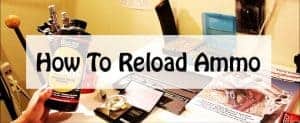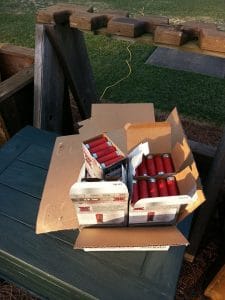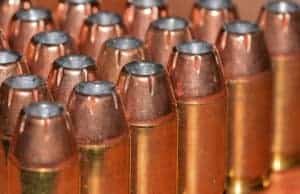A variety of options are available for those who reload shotgun shells. New tools and devices are introduced every other day but all of them are not useful. This guide will help you to understand the basics of reloading shotgun shells and make sense of the different options.
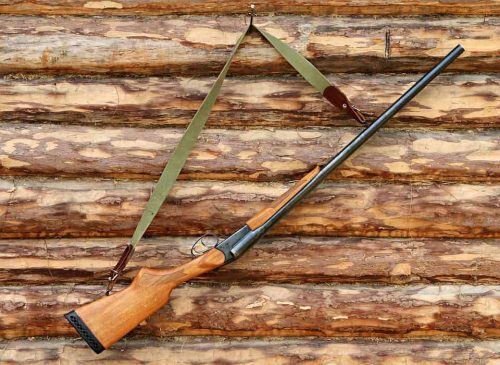
Some people reload shotgun shells because they enjoy doing it. Others do it to make high-quality shells at low prices or to make loads that are not easy to find. Whatever your reason, the right knowledge and equipment will help you to reload shotshells safely and without any hassles.
Take time to study a good reloading manual, which will help you to learn about how to reload shotgun shells safely. Search for a good website where you can buy most of the reloading supplies you will need.
Let’s take a closer look at the basics of reloading shotgun shells:
Choose the right reloading equipment
If you’re a beginner, it’s best to use a single stage reloading press like the MEC 600 Jr Mark V Shot Shell Press until you’ve gained some experience. The MEC 600 Jr doesn’t cost too much and it can last for years.
MEC products can handle everything from 410 gauge to 10 gauge and you can adjust them for the length of the shell you’re loading. As is the case with any other press, the MEC reloader also needs to be properly mounted on a work table.
Collect empty hulls of the same type
Collect empty hulls of the same type and brand to ensure that the base is of the same height. If you work with an assortment of brands, you will probably need different wads even if you’re using one load. Using a different wad for each brand can be quite confusing.
Inspect the empty or spent shotgun shells that you pick up at the range and sort them out based on the type and brand. Presently, one size of primer is being used, which is usually called a 209 primer. Remington used a smaller size 57 primer in the past, which you may still see but it isn’t easy to find.
Consider your purpose
Think about the purpose for which you will be using the ammunition:
- For example, you may want to shoot a little trap and also make some dove loads.
- You will need a charge bar that can throw the right amount of powder and shot.
- MEC offers several bars as well as an adjustable for different loads.
- You can look at MEC’s charts to find out about which bar you need to use as well as the right type and quantity of powder.
- A loading handbook will help you to pick the right wad for your needs.
- You can choose from many brands of wads, but it’s important to look for the right height for the load used.
- This is important because the wrong height will make the load too high or too low, which will result in a poor crimp and, possibly, shot leakage.
- The finished product should look like it’s been produced in a factory.
The shotshell reloading process
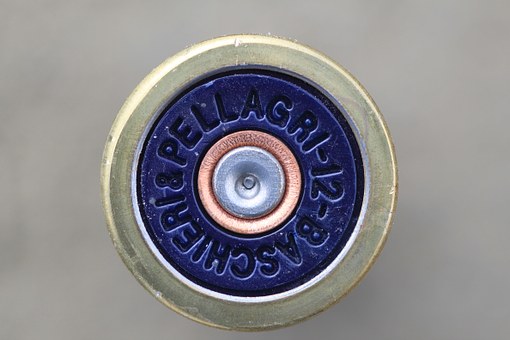 The first die will decap the case and size the brass, after which you can move one station and prime.
The first die will decap the case and size the brass, after which you can move one station and prime.- Move to the next station, put the drop tube inside the shell and move the charge bar to get the powder.
- Insert the wad and seat it against the powder by means of the tube.
- Place the drop tube slightly inside the case and move the charge bar the other way to dispense the shot.
- Move to the crimp station and push the handle down to finish the crimp.
- If you’ve got it right, you will have a good cartridge.
- It’s easy once you understand the process and get some practice.
Pick lead shot of the right size
Lead shot is available in different sizes ranging from 00-buck to # 9, which is usually the finest shot available.
Here’s what you need to know about picking the right lead shot:
- The bigger the number, the smaller the shot will be.
- It’s possible to fill more pellets of a small size in a case than a larger size, but you will have to sacrifice some range because small shot will not fly as far.
- The size of the shot you choose should depend on the game you want to hunt.
- For example, 7 &1/2 or #8 is usually best for quail and dove and #5 or #6 is better for bigger birds like pheasants, which may be farther away.
- You can also use #6 for squirrels and rabbits because you may have to shoot at a greater range through bushes.
- You will need steel shot for geese and ducks to comply with federal laws.
- Different charge bars and wads may be needed for this.
- Steel may be required for migratory birds like doves in some states, so it’s best to find out about the rules before reloading ammo.
- Using the wrong shot can cost you a lot of money in fines.
- While slugs are reloaded occasionally, buckshot is rarely loaded.
Avoid overloading shotgun shells
It’s essential to avoid overloading shotshells because shotguns work at much lower pressures than modern handguns and rifles and they have thinner barrels. That’s why it’s important to avoid overloading them, and there’s also no reason to do this.
Around 1150 FPS to 1300 FPS will produce the best results and faster loads may spoil the pattern, so there’s no sense in doing it. The speed of steel can be increased slightly. You can use a target with a large circle at around 40 yards to check the point of impact and pattern.
Before you start reloading shotgun shells, think about the components you’re going to pick, the load you will be using and your budget. It’s essential to work carefully and pay close attention to detail while reloading shotgun shells.
